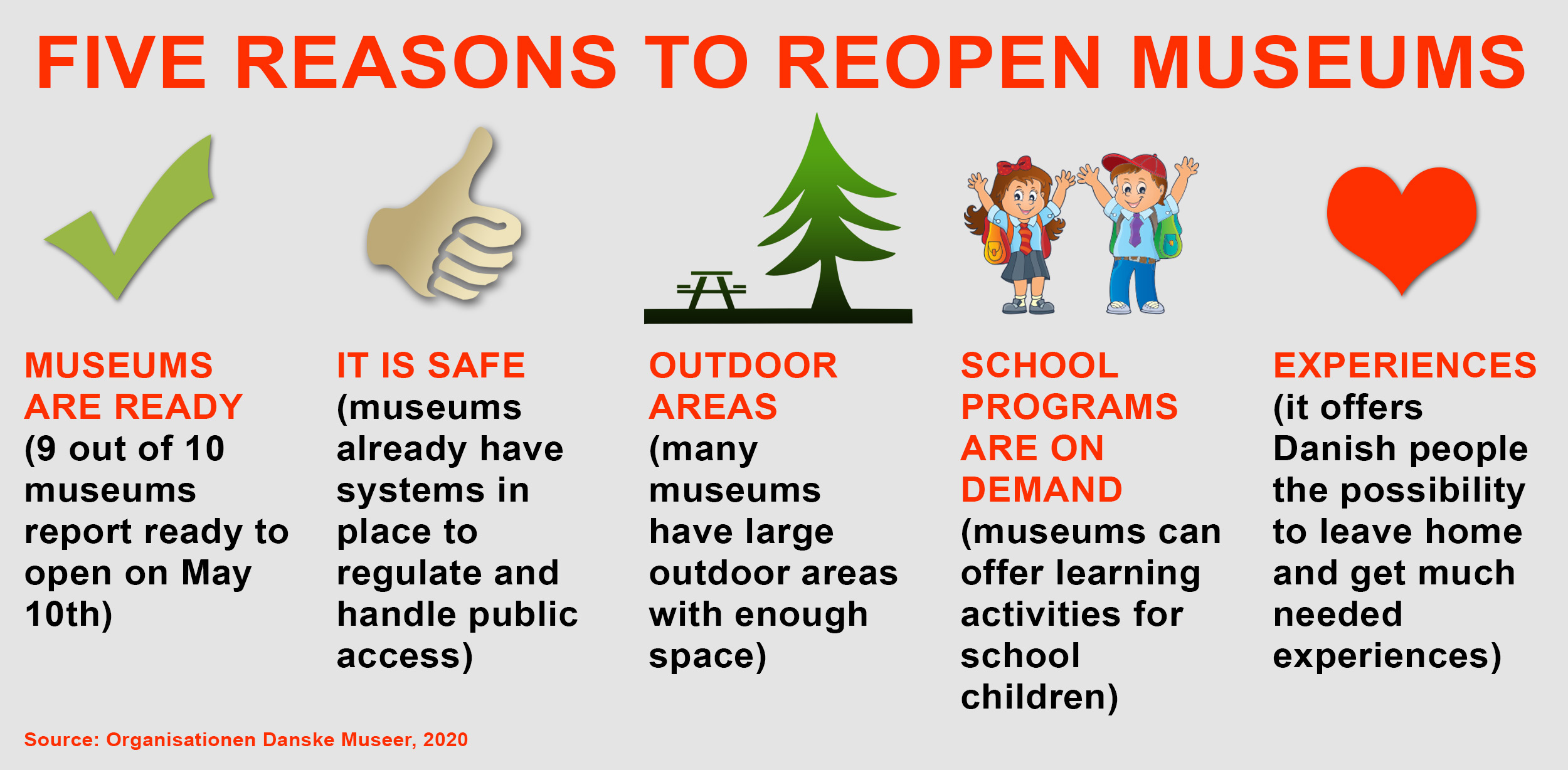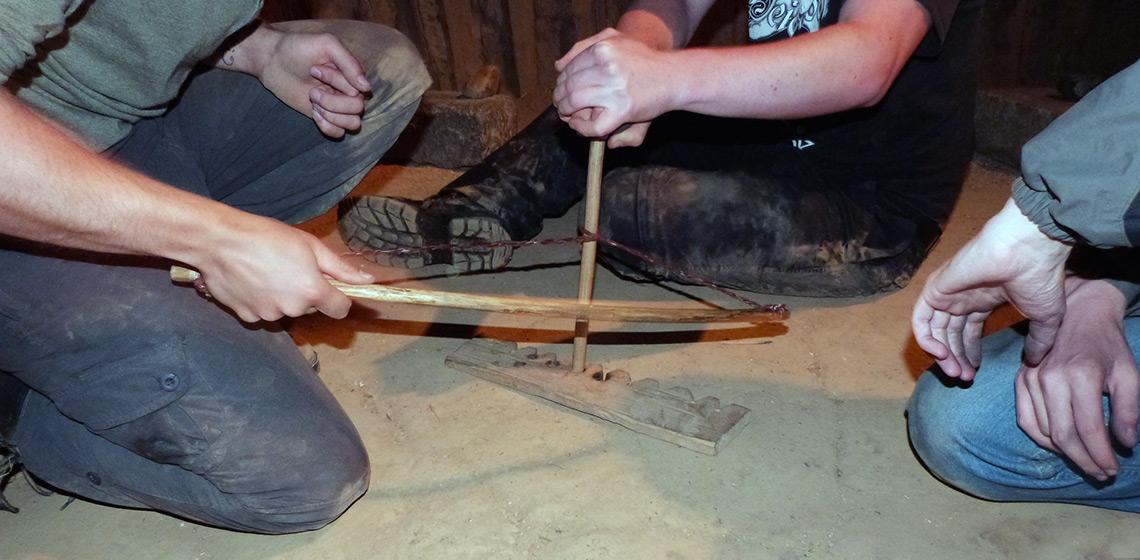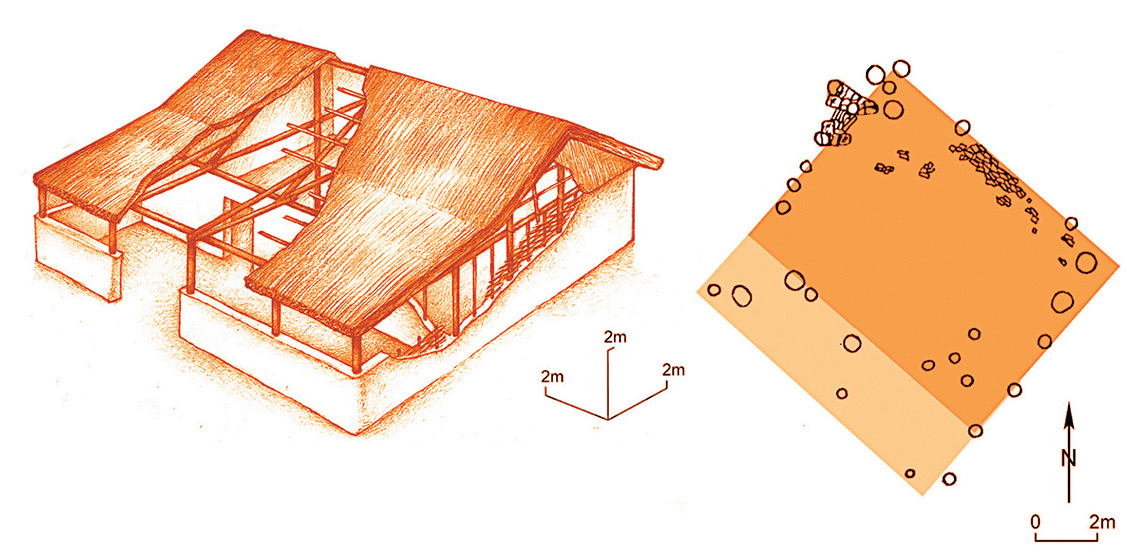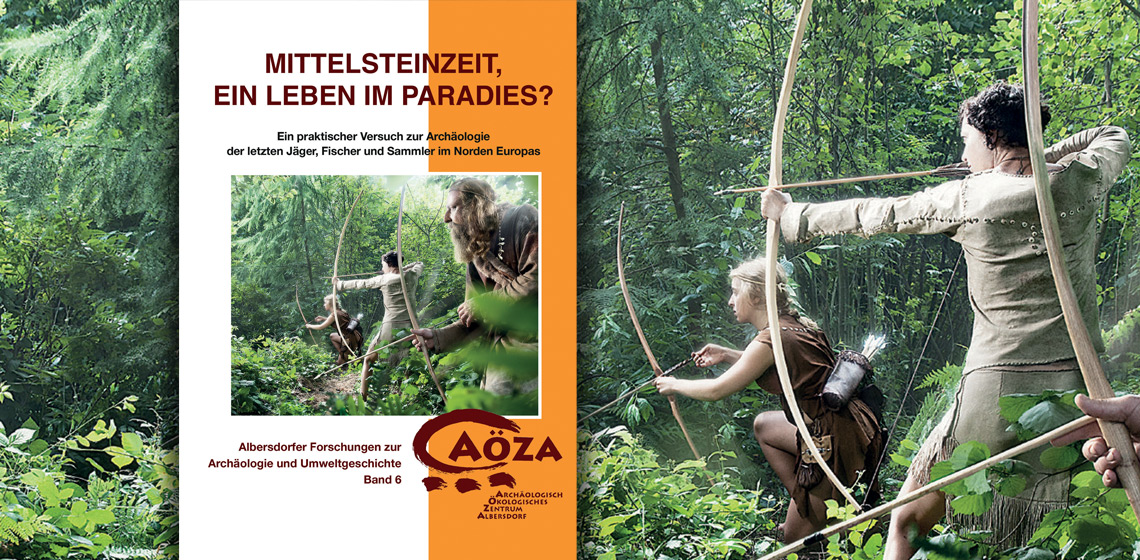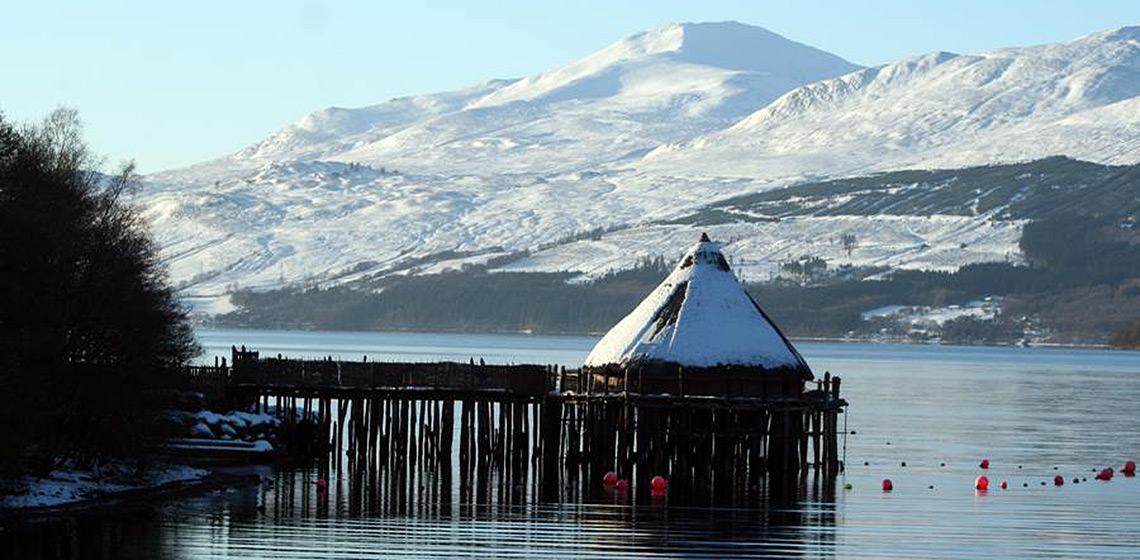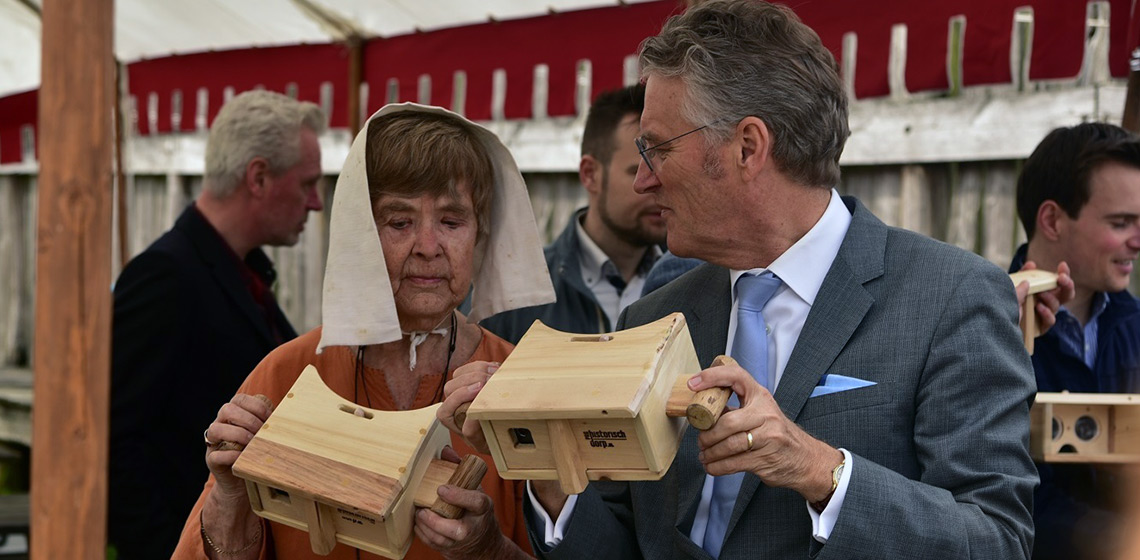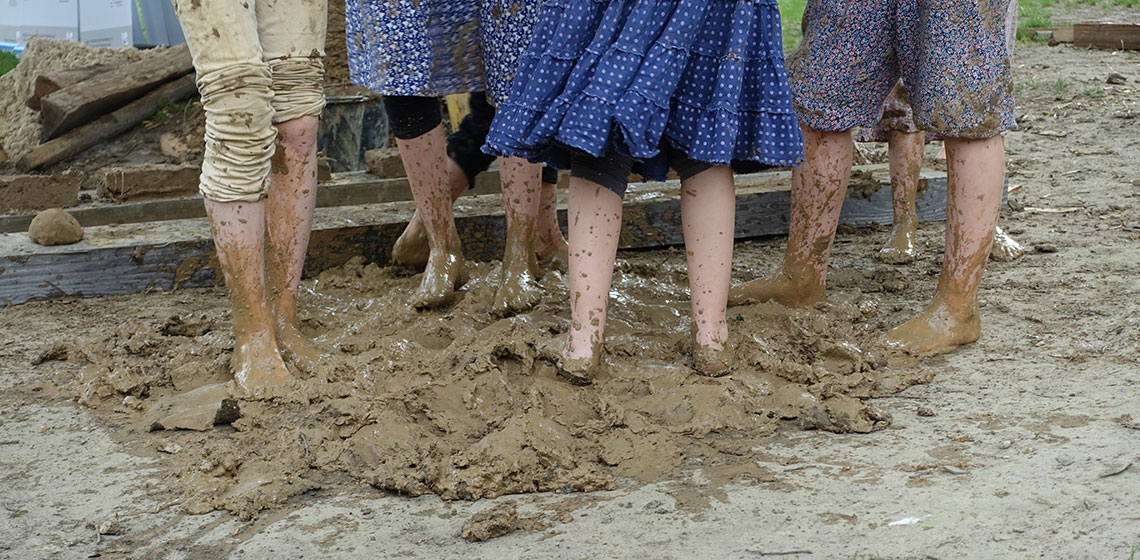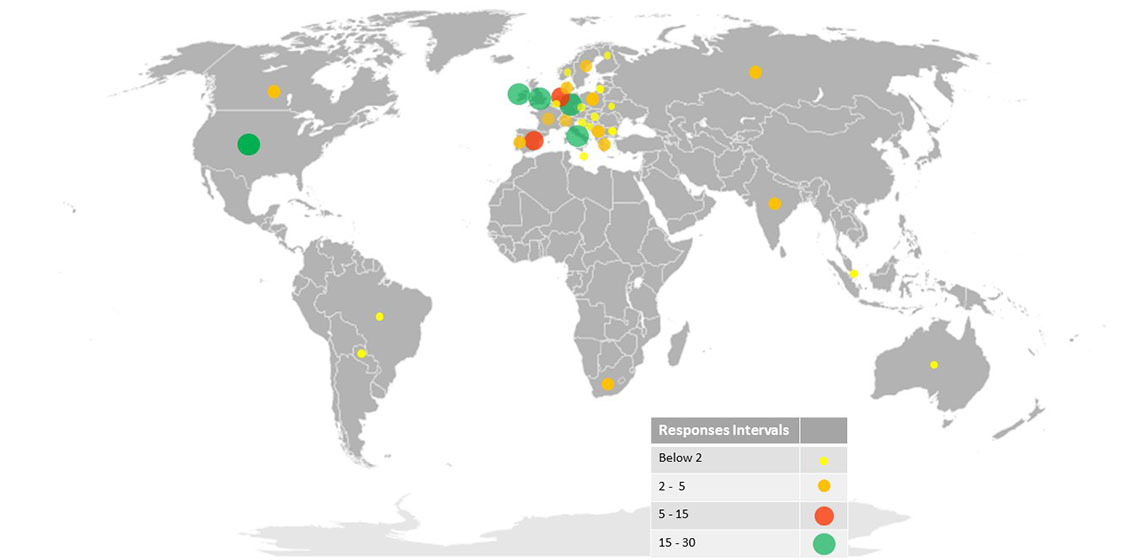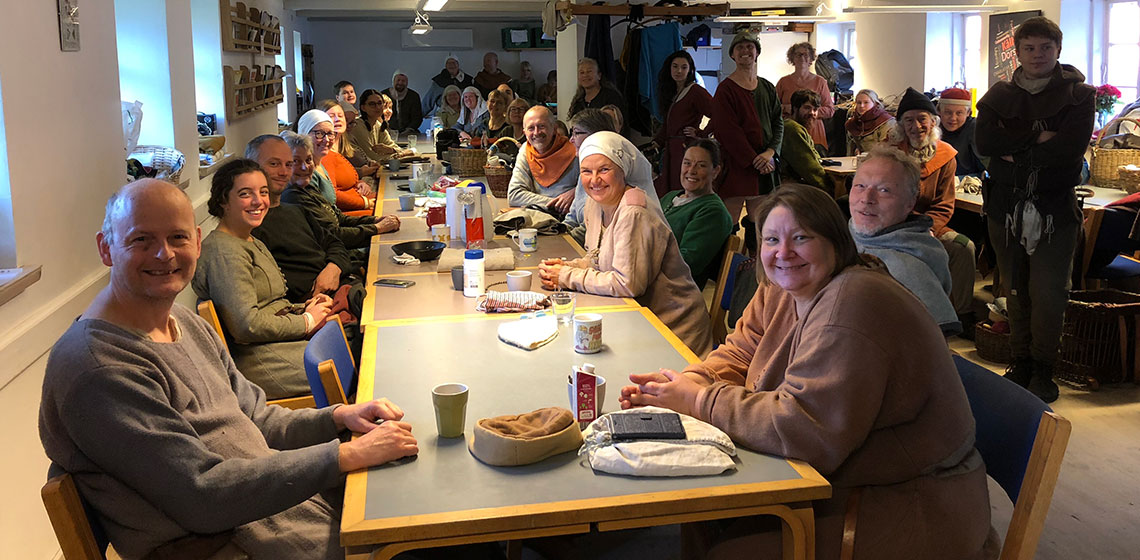archaeological open-air museum
Conference Review: Documentation Strategies in (Archaeological) Open-air Museums
The Use and Relevance of Archaeological Open-Air Museums
Experimental Research on the Setting up and Exploitation of the Human Prehistoric Habitat in the Middle Dniester Region
Project incipience
The link established between EXARC and the Scientific Research Laboratory "Thracology" (Moldova State University) inspired the initiation of the first major project in the field of experimental archeology for the Republic of Moldova. The purpose of this project was to organize an experimental archeological open-air park in Saharna-Ţiglău (Nicic, 2009).
Book Review: Mittelsteinzeit, ein Leben im Paradies? by Werner Pfeifer
Reaching Out to the Communities We are Here to Serve: Developments at the Scottish Crannog Centre
Everybody Else is doing It, so Why Can’t We? Low-tech and High-tech Approaches in Archaeological Open-Air Museums
Engaging Diverse Audiences at the Archaeological Open-Air Museum Düppel in Berlin – Practical Examples and New Strategies
***In 1939, a boy called Horst Trzeciak was playing on a piece of land on the outskirts of Berlin. While playing, he found a number of pottery sherds. In an exemplary fashion he brought the sherds to the “Märkisches Provinzialmuseum”, which was, at that time, the city museum of Berlin...
Experience and Discovery: Engaging the Public in Research. A Survey on Experimental Archaeology Contemporary Practice and Meaning – Preliminary Results
Introduction
The traditional way of engaging the public with the past has changed. Archaeological and historical heritage is not exiled anymore to an inaccessible showcase. Now it is possible to have a direct, physical contact with the “past” through a wide number of activities and locations, among which Archaeological Open-Air Museums (AOAMs) are the most utilized. But, as researchers are aware, the means used to engage the public are the fruit of an active process of investigation, especially in experimental archaeology.
How to Make a Medieval Town Come Alive – the Use of Volunteers in Living History
***For over 25 years The Medieval Centre/Middelaldercentret in Nykøbing F. Denmark has used volunteers to inhabit the reconstructed medieval town of Sundkøbing. To combine the use of volunteers and living history is not easy or something that happens spontaneously. It is hard work and requires patience, strength and firmness, but also...
